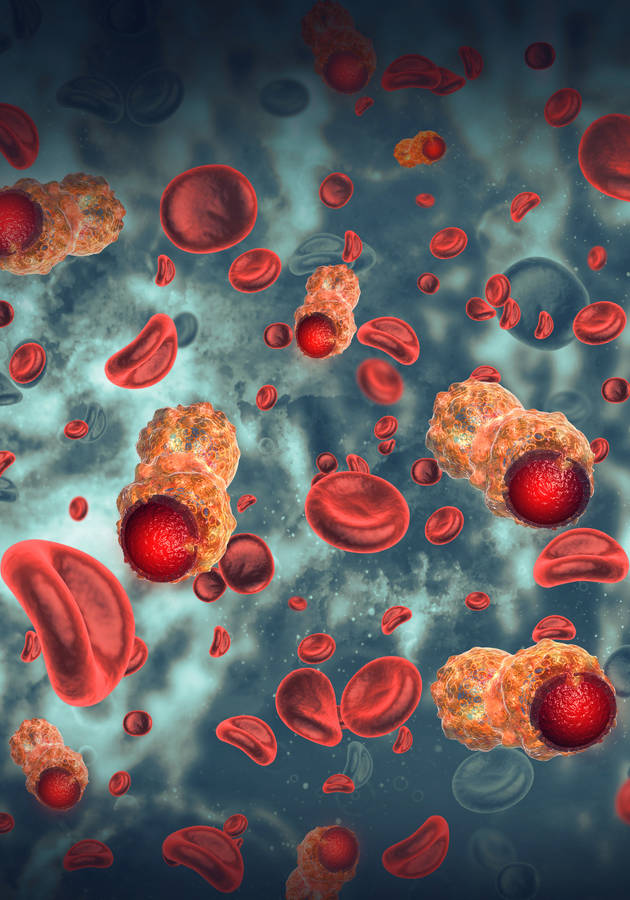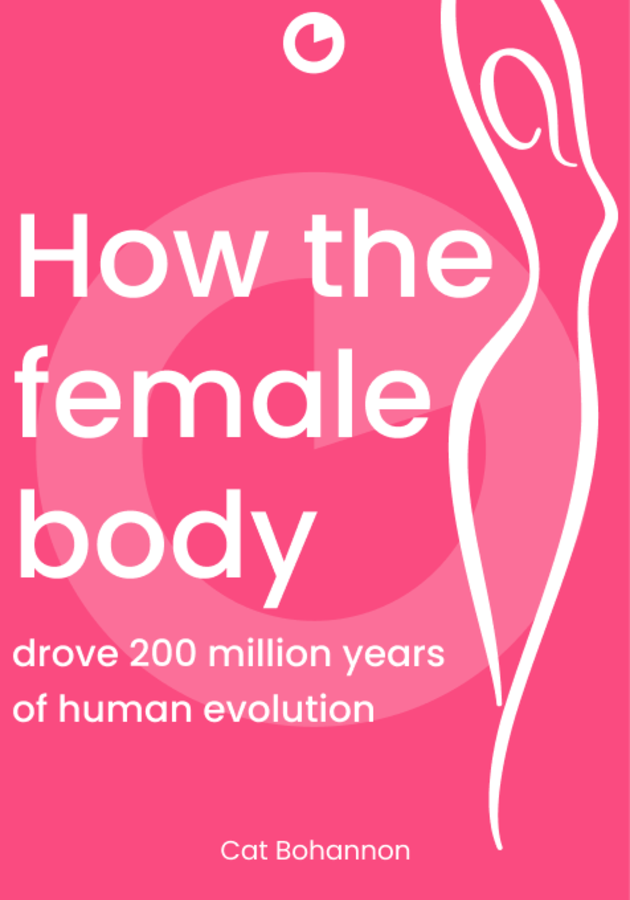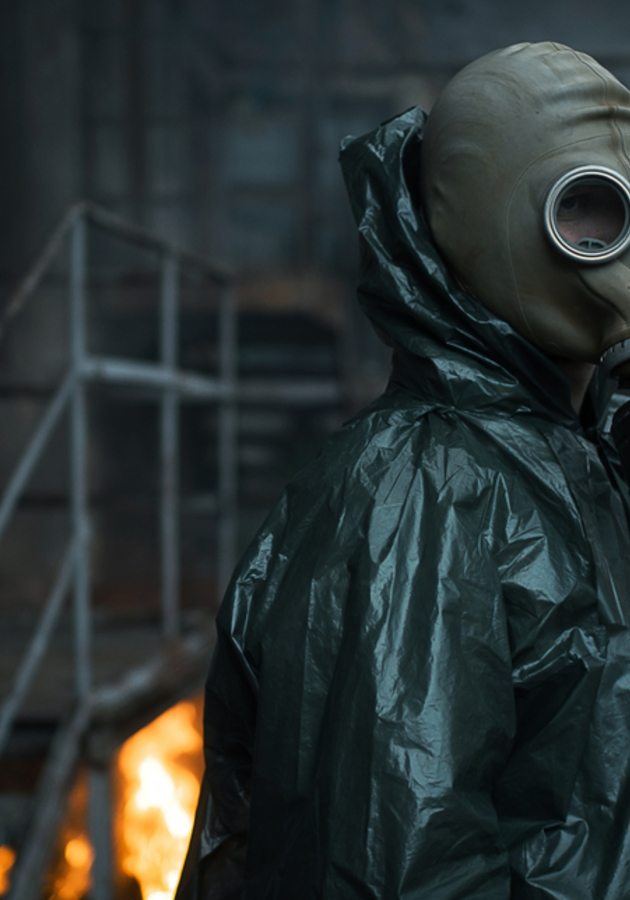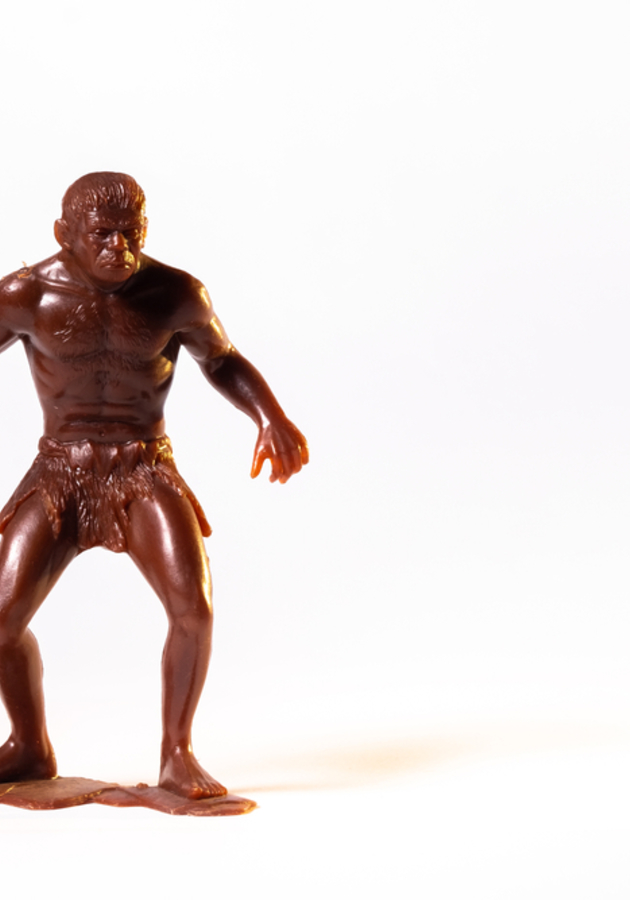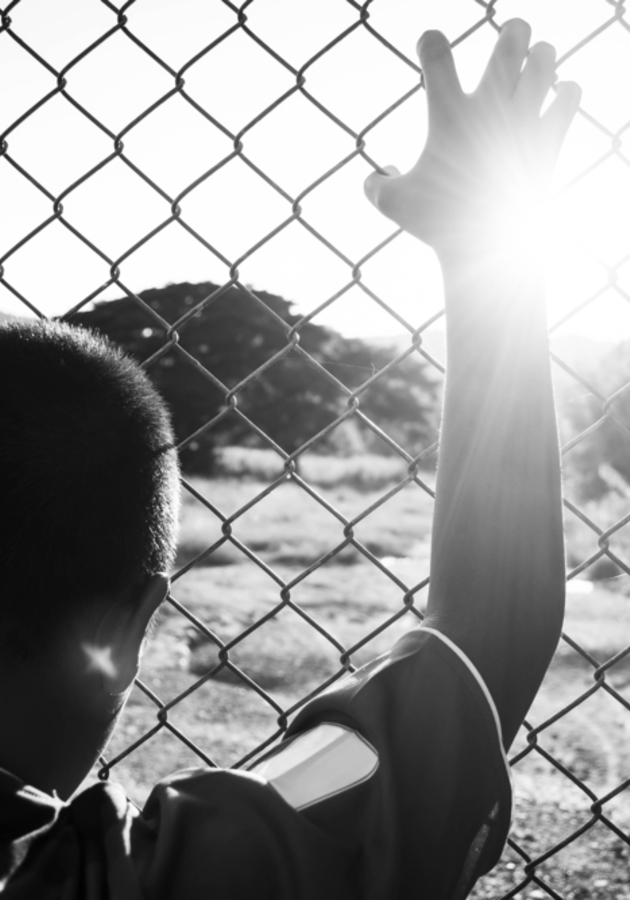Recently adapted into a television miniseries for National Geographic, “The Hot Zone” by American journalist Richard Preston is one of the best and most thrilling scientific books you’ll ever have the chance to read. It is a Dr. House type of medical mystery based on true events, with a nightmarish virus playing the role of the unconquerable antagonist – and a few unexpected twists along the way.
So, get ready to zoom through the enthralling and terrifying history of one of the deadliest viruses known to man, Ebola, and be prepared to be reminded of its first emergence on U.S. soil.
1980: One unlucky Frenchman
It’s January 1980, and a Frenchman for whom we will use the pseudonym Charles Monet decides to visit the Kitum Cave on Mount Elgon, located in Western Kenya, on the border with Uganda. Now, in case you don’t know, the Kitum Cave is one of the five “elephant caves” on Mount Elgon – all of them rich with salts, all of them frequented by these majestic creatures who go deep inside them to dig for salt ever since time immemorial.
Charles Monet’s decision to explore the cave, however, turns out to be a fatal mistake. A week after the visit, he starts vomiting and falls ill with a severe fever. He is flown to the Nairobi Hospital, but even during the plane trip, it becomes obvious that he will probably not make it: his tissues are practically dissolving, his organs start liquifying, and his bodily functions shut down one by one. He does reach the Nairobi Hospital alive, where he begins to hemorrhage even more relentlessly, and gets some of his blood and vomit on his doctor, Shem Musoke. The doctor is unable to do anything. Before too long, Monet dies.
Unfortunately, just after, Dr. Musoke begins showing the same symptoms. He starts bleeding badly, and his blood refuses to clot; not too long after, his organs start to fail, one by one. Since now it is the physician who needs a physician, doctor David Silverstein steps in. Unlike his colleague (and now a patient), he is much more careful: he quarantines him and sends samples of his blood to two labs – one in South Africa and one in Atlanta, Georgia. The diagnosis is devastating: his body has been attacked by the extremely dangerous Marburg virus, a Risk Group 4 pathogen of the filovirus family.
Everything you need to know about this family of viruses – at least for now – is that you don’t want to be near any of its three members. The Marburg virus may not be as deadly as its “cousins,” but it still kills 1 in 4 people. The Sudan virus kills twice as more: during its first known outbreak, it took the life of 181 out of 284 infected people in Sudan in 1976. The Ebola Zaire virus is almost twice as scary: its mortality rate is almost 90%!
1987: The secret of Kitum Cave
Contrary to initial expectations, Dr. Musoke survived the infection, and thanks to Dr. Silverstein, he didn’t infect anyone else. His blood could be safely sent to numerous institutions all over the world so that the Marburg virus gets studied a bit more closely. And this is how the samples eventually reached the U.S. Army Medical Research Institute of Infectious Diseases – USAMRIID for short.
One of the employees at the institute – at a Level 4 laboratory – was Major Nancy Jaax, who, just like her husband, Jerry Jaax, was a veterinarian by trade. On the face of it, Nancy’s job was quite simple: in the presence of her superior, Anthony “Tony” Johnson, she should dissect dead monkeys. There was a problem, however: these weren’t ordinary deaths – the Ebola virus that claimed the monkeys’ lives was intentionally administered by Eugene “Gene” Johnson, a man obsessed with finding a cure. It was a stressful working environment: any single contact with a virus cell might lead to a permanent visit to the morgue for any of the involved.
In 1987, seven years after deducing that Charles Monet’s death was due to the Marburg virus, Gene Johnson received a sample of blood from Peter Cardinal, a deceased 10-year-old Danish boy. The tests conclusively discovered that he, too, died from the effects of the Marburg virus. And logic led to something much more interesting: since Cardinal too had explored Mount Elgon’s Kitum Cave, the virus must be lurking somewhere inside it. Its direct source, however – despite Gene Johnson’s massive efforts – couldn’t be revealed.
1989: The dying monkeys
Two years after Peter’s death, in the autumn of 1989, a company called Hazelton Research Products installed a monkey house (the Reston Primate Quarantine Unit) in the suburb of Reston, Washington, DC. If you don’t know what a monkey house is, it is precisely what you might guess from its name: a place that stores imported monkeys and holds them in quarantine for a month to make sure they are fine, before permitting them to be shipped across the U.S.
One day in October, Dan Dalgard, a consulting veterinarian at the Reston Primate Quarantine Unit, noticed something strange: a large number of a group of newly imported monkeys started dying, one by one. By November, the situation got worse, so Dalgard contacted the institute. He sent samples to two scientists, Peter Jahrling and Thomas Geisbert. Jahrling and Geisbert were surprised to notice that the cells from the samples are practically obliterated. They tried to garner more information by smelling the culture, and the absence of smell suggested that it must be simian hemorrhagic fever – a highly pathogenic virus in monkeys, but one that is also harmless to humans. They were, unfortunately, wrong.
When analyzing under a microscope, they discovered that the cells were infected by a filovirus. Although they feared that they’ve already been exposed, they kept this information a secret, and relayed the rest to Gene Johnson and Colonel Clarence James “C. J.” Peters. In time, the news became worse: as Jahrling discovered, the virus seemed similar to the deadliest form of filovirus known to humanity: the Ebola Zaire. It was time to be alarmed. So, everybody was – including the Jaaxes, Dalgard, Major General Philip K. Russell (who oversaw the USAMRIID), the local authorities, and even the Pentagon.
One day, things go from bad to worse when an employee of Dalgard named Jarvis Purdy suffered a heart attack. Fearing that it might be Ebola-related, Dalgard contacted the institute, which immediately sent people to gather samples from Purdy’s blood and several monkey corpses. While Nancy was dissecting, the others – Dalgard, Johnson, C.J., and General Russell – held a meeting. They decided to call the Army and put it in charge of euthanizing the monkeys.
Conducted in secrecy so as to not alert the press or cause panic in the public, the operation was critical. It was later discovered that as the soldiers started killing the animals at Reston, Milton Frantig, another employee of the monkey house, began vomiting outside the facility.
1990: The most dangerous strand
Soon after, tests on Frantig’s blood discovered that he was infected. Since the same was true for Jarvis Purdy, as well as two other Reston employees, three questions immediately arose:
- Why didn’t the first tests show this?
- How was it possible that – one or two vomiting episodes aside – all four men had remained virtually symptomless for all this time?
- How was it possible that more people weren’t infected with such a dangerous virus?
Soon after, with the arrival of another group of infected monkeys from the Philippines, all of these questions got answered – but in a rather strange and unexpected way.
The Army decided not to intervene at Reston this time and let the new monkeys die out naturally. The scientists, thus, had more time on their hands to investigate the causes of their deaths. Eventually, they found out something rather startling: none of the dying monkeys had the virus infection before coming to Reston. Somehow, they got the disease afterward. But how could that be when the Ebola Zaire virus is not airborne and can be transmitted only through contact and blood?
Well, it could, because it was never the Ebola Zaire virus in the first place. It was a new, fourth strand of the filovirus family, now referred to as the Reston strand, the worst of them all – at least as far as monkeys were concerned. It is basically the Ebola Zaire virus plus the ability to transmit through air. Fortunately – unlike the Ebola Zaire virus that kills 9 out of 10 infected people – for some unknown reason, the Reston strand didn’t seem to affect humans. We still don’t know why.
“Each filovirus strain contains seven proteins, four of which are completely unknown,” explains Preston rather ominously. “Something slightly different about one of the Reston proteins is probably the reason the virus didn’t go off in Washington like a bonfire. The Army and the Centers for Disease Control and Prevention have never downgraded the safety status of the Reston virus. It remains classified as a Level 4 hot agent, and if you want to shake hands with it, you had better be wearing a spacesuit. Safety experts feel that there is not enough evidence, yet, to show that the Reston strain is not an extremely dangerous virus. It may be, in fact, the most dangerous of all the filovirus sisters, because of its seeming ability to travel rather easily through the air, perhaps more easily than the others. A tiny change in its genetic code and it might turn into a cough and take out the human race.”
1993: Returning to the crime scenes
In 1993, a few months before publishing this book – and amid another frightening virus outbreak: the HIV pandemic – Preston, against everyone's advice, decided to put on a spacesuit and step inside Kitum Cave, the birthplace of his story. He walked out after merely a minute or two, overwhelmed with feelings but also terrified that he might be already infected with a deadly virus. And this got him thinking: what if all these modern viral epidemics are not merely one of the unexpected negative outcomes of globalization but also a way to check our insatiable human desire for expansion?
“The emergence of AIDS, Ebola, and any number of other rainforest agents appears to be a natural consequence of the ruin of the tropical biosphere,” Preston notes intriguingly. “In a sense, the Earth is mounting an immune response against the human species. It is beginning to react to the human parasite, the flooding infection of people, the dead spots of concrete all over the planet, the cancerous rot-outs in Europe, Japan, and the United States, thick with replicating primates, the colonies enlarging and spreading and threatening to shock the biosphere with mass extinctions. Perhaps the biosphere does not ‘like’ the idea of five billion humans… Nature has interesting ways of balancing itself. The rain forest has its own defenses. The Earth’s immune system, so to speak, has recognized the presence of the human species and is starting to kick in. The Earth is attempting to rid itself of an infection by the human parasite. Perhaps AIDS is the first step in a natural process of clearance.”
With thoughts such as this on his mind, Preston then traveled to visit the now-abandoned monkey house at Reston. Everything was back to normal there (sort of), life springing yet again inside the facility, in all kinds and forms: plants, insects, spiders. However, Preston was not convinced that this was the end of the story. “Ebola had risen in these rooms, flashed its colors, fed, and subsided into the forest,” he writes chillingly. “It will be back.”
Final Notes
“The Hot Zone” has been deemed both “one of the best science books ever written” (American Scientist) and “a top-drawer horror story” (Newsweek).
If you don’t believe the latter, just ask Stephen King, according to whom “The Hot Zone” is one of the most horrifying things he has ever read. “What a remarkable piece of work,” he adds afterward, echoing precisely our very first thought after finishing the book.
12min Tip
Ponder this with Preston: what if all these viruses – Ebola, HIV, the Coronavirus – are simply elements of the Earth’s immune system, its automatic response to the immense number of humans? What if, in some way or another, considering everything, we’ve become unbearable to our mother planet? What if finding a cure for them is not what we’re supposed to be looking for?
